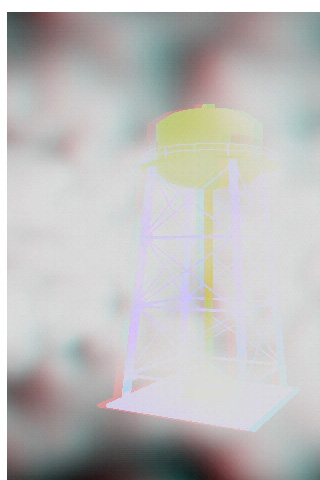
|
|||||
 |
 |
 |
 |
 |
 |
Real-Time Stereo Imaging of Gaseous PhenomenaAbstractGaseous phenomena such as clouds, fog, and mist have been difficult to render in realistic monoscopic imaging environments. Such phenomena are transparent, cast shadows, have dynamic behavior, and are of variable density. This paper describes a method based on splatting, billboarding, and alpha-blending that works well in a realistic real-time stereo imaging environment. Splatting is used to reconstruct a discretely sampled 3D volume to produce a 2D image with appropriate density. Efficient reconstruction is gained through the use of texture-mapped billboards, whose transparencies are determined by a Gaussian reconstruction kernel. To achieve the fastest rendering, it is possible to orient all billboards to face the viewplane rather than the viewpoint. The parallax error introduced by this approach is analyzed. The authors give examples to illustrate how the number, transparency, color, and size of the billboards in a scene can be used to create different effects. The discussion does not treat the problems of self-shadowing or dynamic behavior, although the approach could be used as the basis for simulating both. Results
(Left) Stereo pair of clouds surrounding a water tower. Cross your eyes until the images converge to see 3D. (Right) Red-cyan anaglyph. PublicationsT. Johnson, D. McAllister, "Real-Time Stereo Imaging of Gaseous Phenomena" Proceedings Electronic Imaging 2005, San Jose, CA, Jan, 2005 (pdf)
|

